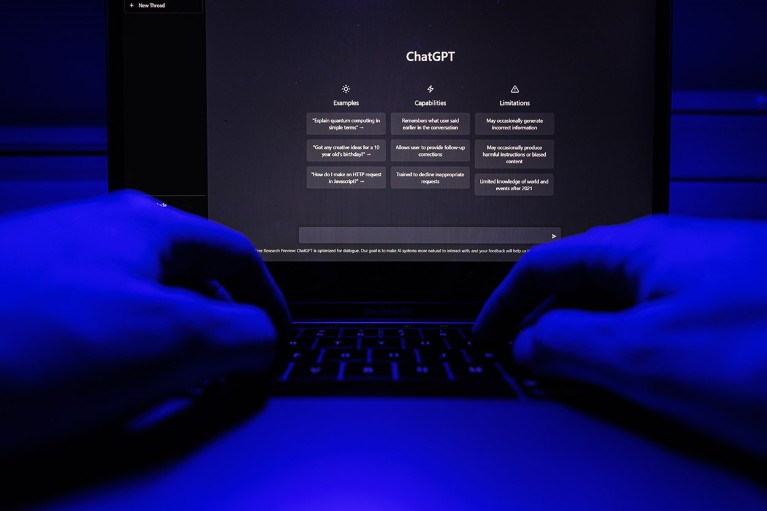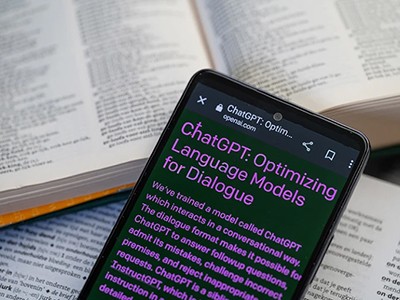[ad_1]
Desde el sedán mediano hasta el exitoso papel de superhéroe de su vida. El actor de rápido ascenso aaron bier recientemente causó sensación por su actuación protagónica en La última película de acción de Jeremy Saulnier es Rebel Ridge. Lo que se distingue instantáneamente de todos los demás programas de transmisión disponibles actualmente en Netflix. Para el resto de nosotros, siempre será conocido como el rapero pegadizo que le dio el nombre artístico brillantemente tonto a un sedán mediano de la canción “Old” de M. Night Shyamalan en 2021. Sin embargo, independientemente de cómo le presentaron a Pierre por primera vez, Todos podemos estar de acuerdo en que rápidamente se ha convertido en uno de los artistas más solicitados de la industria. Ahora, semanas después Especulaciones y rumores de los fanáticos de que sería la elección perfecta para el nuevo Linterna Verde.Los presidentes de DC Studios, James Gunn y Peter Safran, parecen estar completamente de acuerdo con eso.
Esta tarde, finalmente se conoció la emocionante noticia de que DC Studios ha elegido a Aaron Peier para interpretar al personaje favorito de los fanáticos, John Stewart, en la próxima serie de HBO actualmente titulada “Lanterns” (a través de reportero de hollywood). Si firma oficialmente en la línea de puntos, pondrá fin a meses de informes sobre qué estrellas se enfrentarán a los dos héroes más grandes de la franquicia, con varios de los nombres más populares potencialmente compitiendo por ser los próximos Jon Stewart y Hal Jordan. DC una vez puso su mirada en la estrella de 'Dune' Josh Brolin para este último antes de su muerte y Finalmente le dio el papel a Kyle Chandler.donde asume un papel mayor y más de mentor para un Linterna Verde más joven. Ahora, es difícil imaginar que cualquier fan se sentiría decepcionado si Pierre se acercara y se pusiera el legendario traje verde.
¡Más detalles a continuación!
Aaron Peier es el nuevo John Stewart en la serie Green Lantern de HBO
Después de más de una década La película no deseada de 'Linterna Verde' protagonizada por Ryan Reynolds fracasó Y poniendo fin a cualquier plan inmediato para Space Cops en la pantalla grande, la Legión ahora da la bienvenida a sus miembros más nuevos y emocionantes hasta el momento. Aaron Bier como John Stewart podría parecer una elección bastante obvia, ya que inevitablemente estaría cerca de la cima de cualquier lista de actores negros prometedores que podrían encajar en el trabajo. Pero simplemente no se puede discutir el carisma o la pura fisicalidad que aporta a la película. Su trabajo en “Rebel Ridge” habla por sí solo, pero definitivamente deberías Mire su impresionante actuación en la película independiente de 2022 “Brother”. Su papel protagónico en The Underground Railroad de Barry Jenkins y, por supuesto, también su papel sorprendentemente matizado como un sedán mediano en Old. De hecho, técnicamente este no sería el primer papel de Pierre en DC: ese honor es para su aparición secundaria en la serie precuela de Superman de 2018 en Syfy llamada “Krypton”.
De cualquier manera, las “linternas” ahora tienen una forma muy redondeada. Con Pierre a bordo, se une a su coprotagonista Kyle Chandler en un elenco que inevitablemente se llenará con muchos más nombres en las próximas semanas. Los propios “Lanterns” provienen del libro de Chris Mundy. (“Ozark”), Damon Lindelof (“Watchmen”, “Lost”) y el escritor de DC Comics Tom King. Aunque los detalles exactos de la trama se mantienen en secreto, Se ha descrito que la serie está inspirada en “True Detective”. En una historia terrestre que involucra algún tipo de misterio de asesinato.
Aún no se ha anunciado una fecha de estreno, ¡pero estad atentos a /Film para conocer todas las actualizaciones de “Lanterns” a medida que lleguen!
[ad_2]
Source Article Link

















